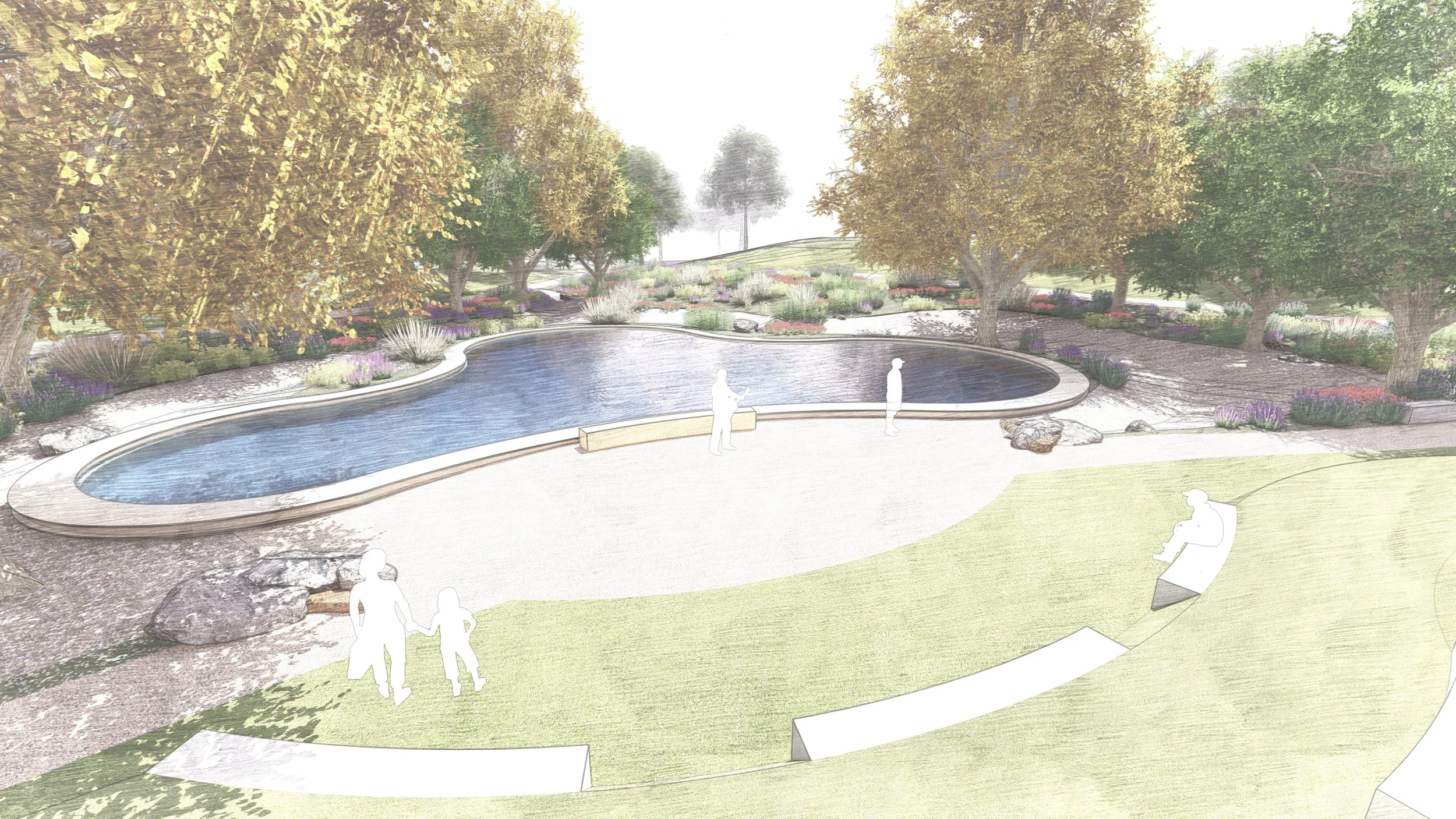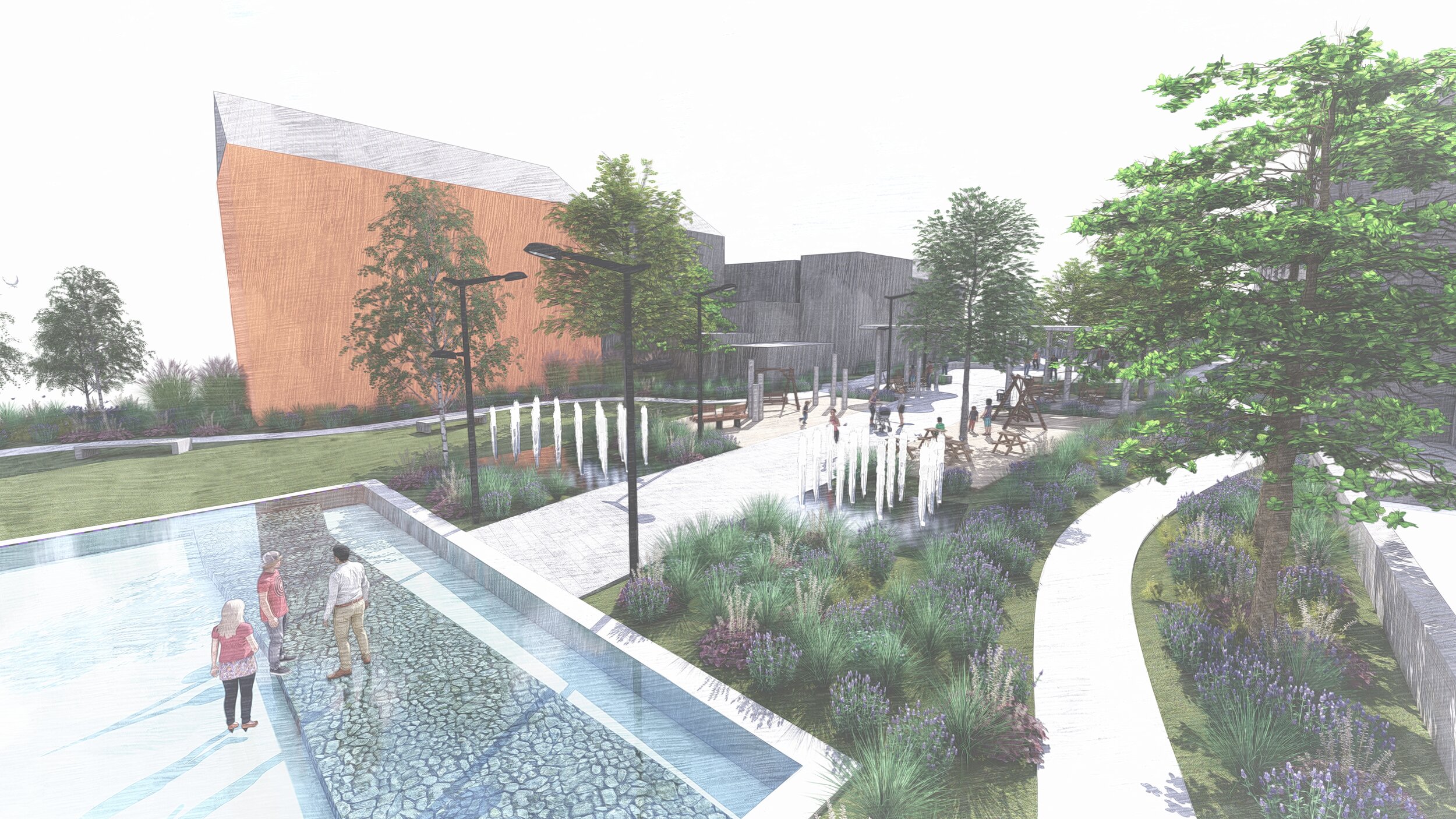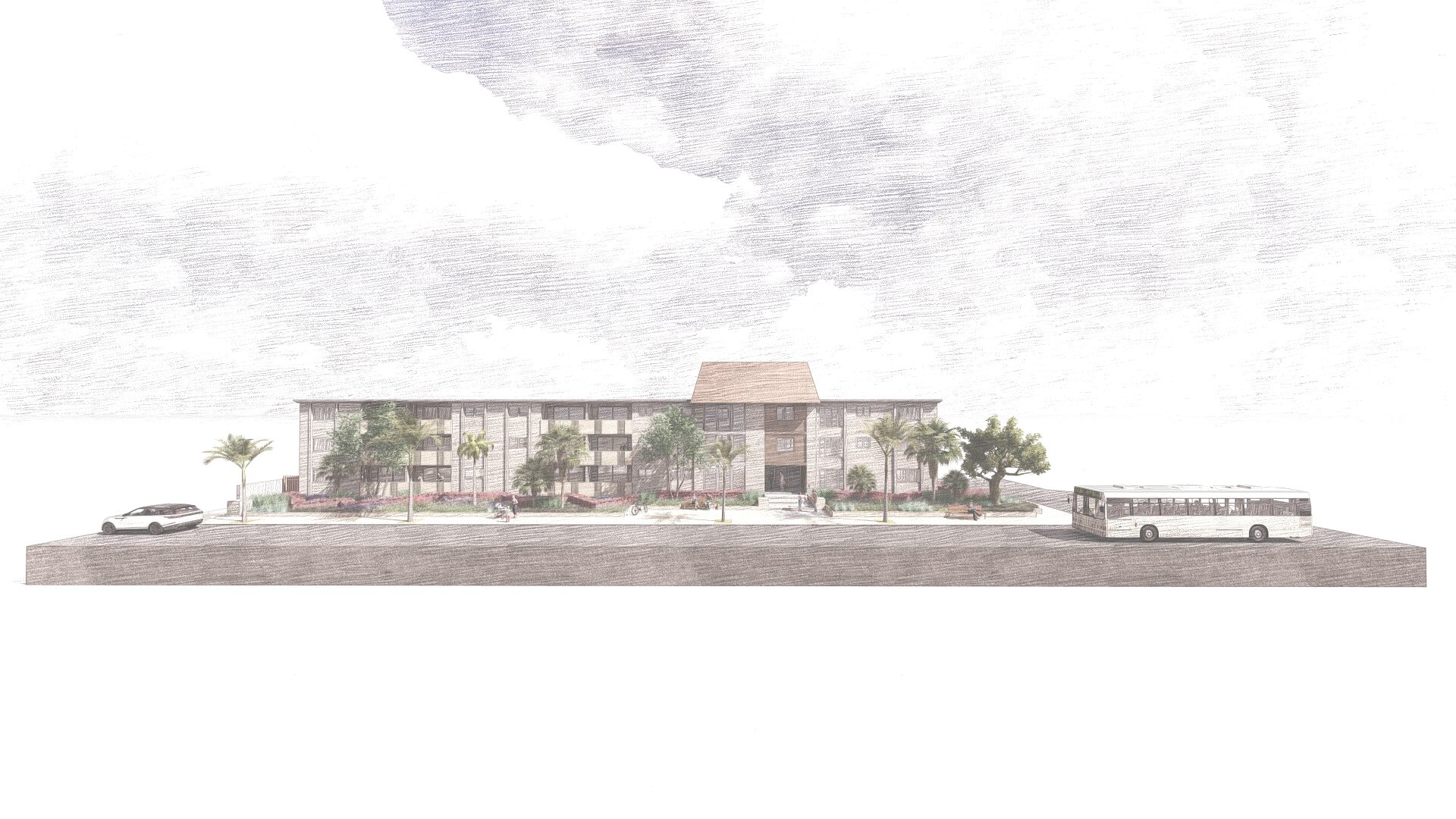- HOA’s, Communities & Parks Landscape Architecture -
Designing landscapes that bring people together — and make sustainability measurable.
From HOA gardens to community parks, LASD Studio creates shared environments that are beautiful, resilient, and cost-effective.
Our designs reduce water use and maintenance costs while enhancing daily life — landscapes where neighbors connect, children play, and nature thrives.
Designing for Connection, Efficiency, and Long-Term Value
Every community landscape is an opportunity to regenerate nature and strengthen social bonds.
LASD Studio transforms outdated common areas into living systems that combine beauty, performance, and compliance.
Lower long-term water and maintenance costs;
Qualify for city and state rebate programs;
Increase property value and community pride;
Align with fire-safety and water-efficiency codes.
A Proven Process for HOA & Community Success
Managing a community landscape involves multiple stakeholders and complex regulations.
Our in-house ArchiCAD-based system delivers clarity and precision at every step.
Key Services:
MAWA / ETWU calculations & Fire-Department coordination;
Rebate application documentation;
Phased cost analysis & ROI dashboards;
Board-ready visual presentations including 3D video presentation;
Online voting for the Communities through our systems;
Construction drawings & permitting support.
Complimentary Conceptual Design for HOA Boards - Southern California
We understand that HOA boards need clarity before making big decisions.
That’s why LASD Studio offers a Complimentary Conceptual Design Package, tailored for presentation and early decision-making.
This package includes:
Visual concepts of how your landscape could evolve
Preliminary cost and sustainability analysis
Discussion points that simplify board voting and budgeting
Once approved, we proceed with detailed design, permitting, and construction documentation — ensuring that your community makes informed, data-driven choices while building landscapes that last.
3D Conceptual Landscape Design Video Presentation for HOA Boards
Key Strategies for Communities & Parks
We merge artistry with ecological intelligence to create landscapes that regenerate life and reduce long-term costs.
Ecological Planting
Local and climate-adapted species that thrive with minimal irrigation — pollinator-friendly, low-maintenance, and water-smart.
Water Systems
Stormwater management, rainwater harvesting, greywater reuse, and bio-retention basins designed for efficiency and compliance.
Soil Health
Remediation and compost strategies that rebuild soil life and long-term fertility.
Fire & Drought Resilience
Defensible-space planting zones and fire-wise layouts that meet California Fire Department requirements.
Urban & Community Resilience
Reducing impermeable surfaces, mitigating heat islands, and improving neighborhood microclimates through green infrastructure.
Community Engagement
Edible gardens, fruit parks, and educational landscapes that inspire residents to reconnect with nature.
Local Identity & Sustainability
Designing with regional materials and diverse plant palettes that celebrate place while minimizing waste.
Our Approach
We combine artistic vision with scientific precision, crafting landscapes that evolve gracefully and deliver measurable environmental benefits.
Rooted in international expertise across the US and Europe, LASD Studio turns sustainability mandates into opportunities and projects into legacies.
Landscape Architecture Tender Preparation
LASD Studio supports tender documentation and large-scale project preparation for communities, parks, and developers worldwide.
We collaborate with multidisciplinary teams across the United States, Denmark, Ireland, Spain, and Ukraine, ensuring seamless exchange of BIM data, specification accuracy, and international compliance.
Our proprietary system allows for rapid adaptation, high-precision cost modeling, and design excellence at scale.
Ready to Transform Your Community Landscape?
Partner with a landscape architecture studio that combines ecological intelligence, financial clarity, and long-term beauty.


















